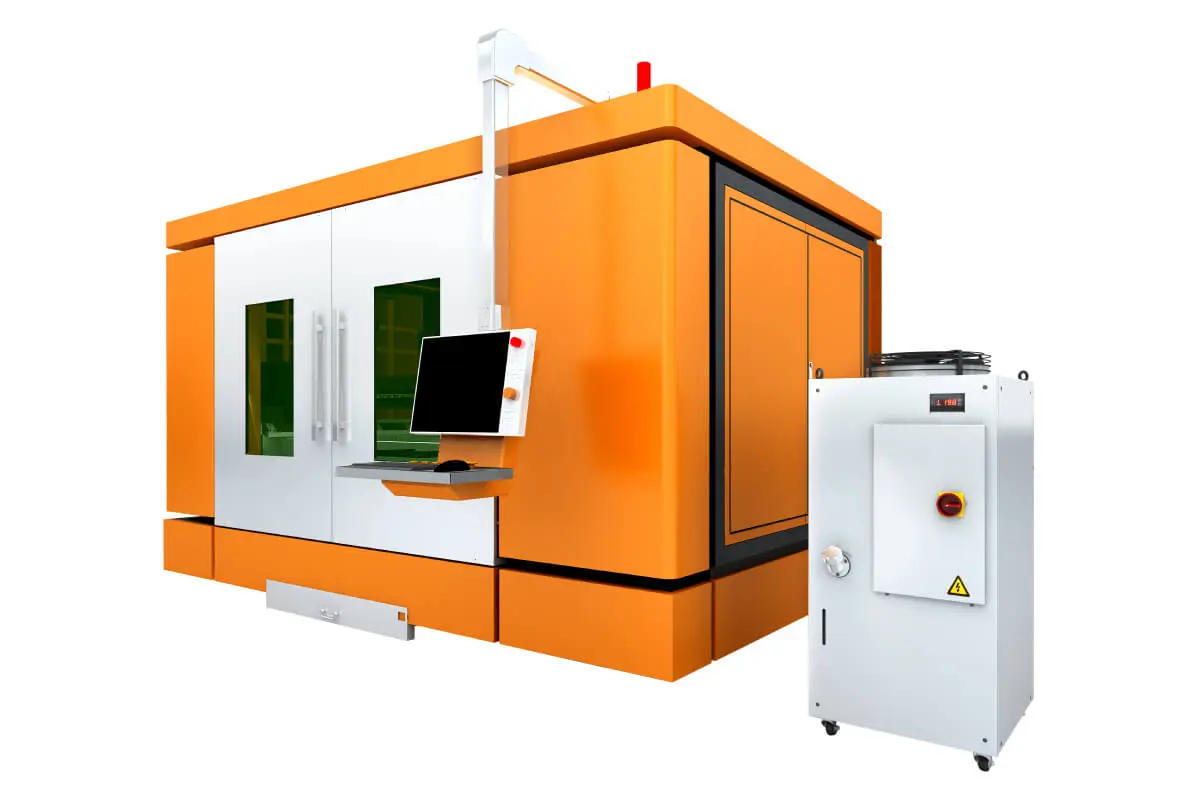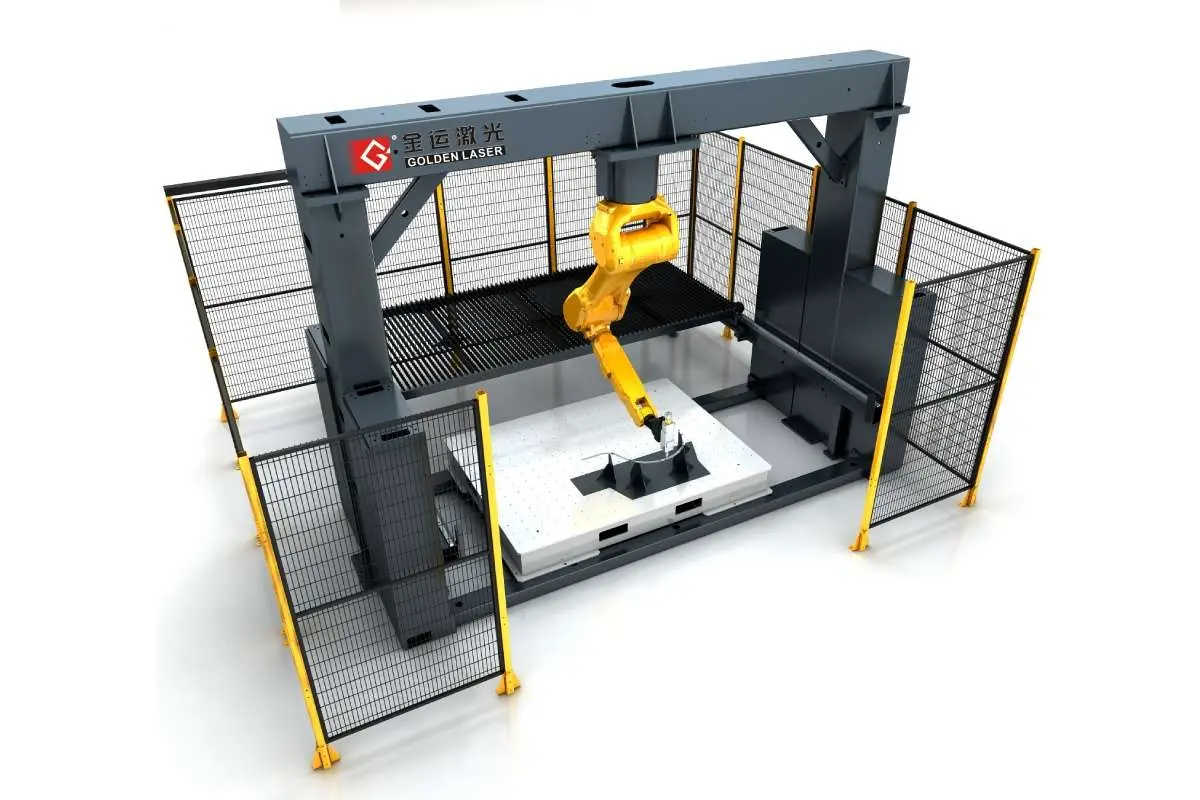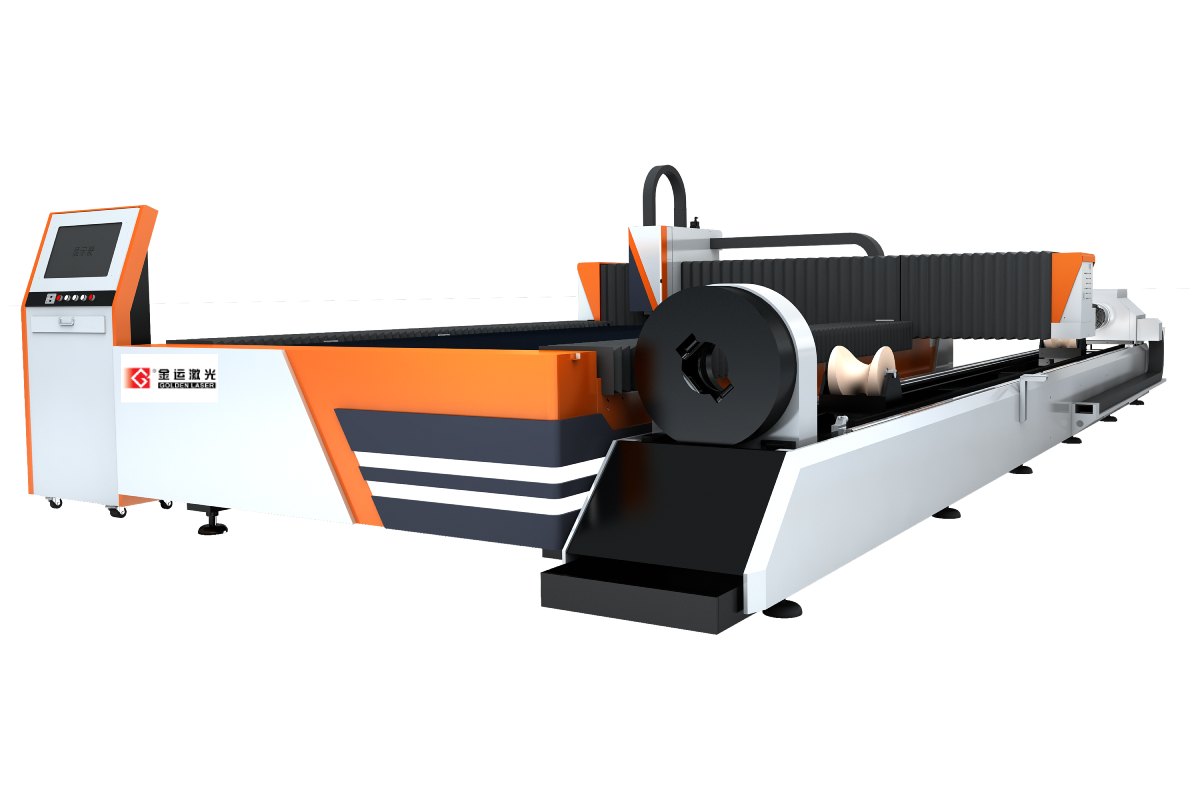****
In the realm of construction, manufacturing, and fabrication, steel plates play a crucial role in providing strength and durability to various structures and components. Among the various dimensions available, the 20mm thick steel plate has gained significant attention due to its versatility and performance characteristics. This article explores the applications, benefits, and manufacturing processes associated with 20mm thick steel plates, shedding light on why they have become a preferred choice for modern industry needs.
Applications of 20mm Thick Steel Plate
20mm thick steel plates are utilized across a wide array of industries due to their robustness and structural integrity. Key applications include:
1. **Construction and Structural Engineering**: Steel plates of this thickness are predominantly used in construction projects, particularly in the fabrication of beams, columns, and flooring systems. Their strength makes them ideal for supporting large loads in commercial buildings, bridges, and industrial facilities.
2. **Shipbuilding**: The marine industry often employs 20mm thick steel plates in the construction of ships, including their hulls and interior structures. The corrosion-resistant qualities of steel, combined with its high load-bearing capacity, make it suitable for enduring harsh marine environments.
3. **Manufacturing Equipment**: Heavy machinery and equipment often require thick steel plates for safeguarding components and enhancing structural reliability. Industries producing cranes, bulldozers, and other construction equipment frequently turn to 20mm thick steel plates for their manufacturing needs.
4. **Automotive and Aerospace**: In the automotive sector, these plates are used in the production of vehicle frames and safety components. The aerospace industry also uses 20mm thick steel for parts that demand high strength-to-weight ratios and excellent durability under stress.
5. **Energy Sector**: The energy sector, particularly oil and gas, employs 20mm thick steel plates in pipelines, storage tanks, and rig structures. Their resistance to high pressure and extreme environmental conditions makes them vital for ensuring safety and operational efficiency.
Benefits of Using 20mm Thick Steel Plates
The advantages of utilizing 20mm thick steel plates in various applications are numerous:
– **High Strength and Durability**: This thickness provides excellent tensile strength and the ability to withstand significant stress, making them ideal for heavy-duty applications.
– **Versatility in Fabrication**: The 20mm thickness allows for various fabrication processes, including cutting, welding, and machining, facilitating customization to meet specific engineering requirements.
– **Resilience to Extreme Conditions**: Steel plates of this thickness exhibit resilience against temperature fluctuations, corrosive environments, and heavy loads, ensuring longevity and reliability.

Understanding 20mm Thick Steel Plate: Applications, Benefits, and Manufacturing Processes for Modern Industry Needs

Understanding 20mm Thick Steel Plate: Applications, Benefits, and Manufacturing Processes for Modern Industry Needs
– **Cost-Effectiveness**: While the initial investment in 20mm thick steel plates may be higher than thinner alternatives, their durability often translates into lower long-term maintenance costs and reduced need for replacement.
Manufacturing Processes of 20mm Thick Steel Plates
The production of 20mm thick steel plates involves several vital processes to ensure that they meet industry standards for quality and performance.
1. **Material Selection**: The first step in manufacturing is selecting the appropriate grade of steel, which can vary based on the intended application. Common grades include carbon steels, alloy steels, and stainless steels.
2. **Casting and Hot Rolling**: Steel is typically cast into large slabs, which are then reheated and passed through rollers to achieve the desired thickness. Hot rolling allows for uniform thickness and improved mechanical properties through controlled deformation.
3. **Heat Treatment**: Depending on the application requirements, the plates may undergo heat treatment processes like quenching and tempering to enhance their strength and toughness.
4. **Quality Assurance**: Rigorous quality control measures are implemented throughout the manufacturing process, including non-destructive testing methods to detect any internal defects or inconsistencies.
5. **Finishing Touches**: The final step involves surface finishing treatments such as shot blasting or painting to enhance corrosion resistance and provide a smoother surface for aesthetic purposes.

Understanding 20mm Thick Steel Plate: Applications, Benefits, and Manufacturing Processes for Modern Industry Needs
Conclusion
20mm thick steel plates are integral to a multitude of industries due to their extraordinary strength, durability, and versatility. From construction to shipbuilding and beyond, their applications are diverse and far-reaching. As manufacturing techniques continue to evolve, the importance of these steel plates is only set to increase further, ensuring their position as a cornerstone in the foundation of modern engineering and design. Understanding the unique properties and benefits of 20mm thick steel plates is essential for industry professionals seeking to optimize their projects and investments in quality materials. Cutting Machine 6m Length




